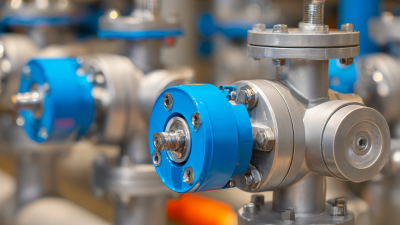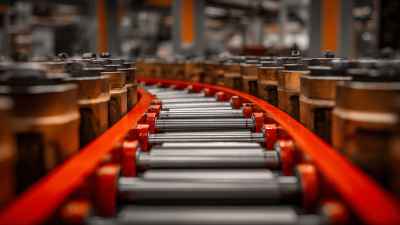
Choosing the correct swing check valve is crucial for ensuring optimal performance and reliability in plumbing systems. According to a report by the American Society of Plumbing Engineers (ASPE), improper valve selection can lead to significant energy losses, estimated to be around 20-30% in some installations. Swing check valves, known for their ability to prevent backflow and maintain smooth fluid flow, come in various sizes and materials tailored to different applications. Understanding the specifications and requirements of your plumbing system is essential in selecting the right valve that meets your needs. With proper selection, not only can you enhance the efficiency of your plumbing network, but you can also prolong the lifespan of your infrastructure, ultimately saving on maintenance costs and reducing downtime.
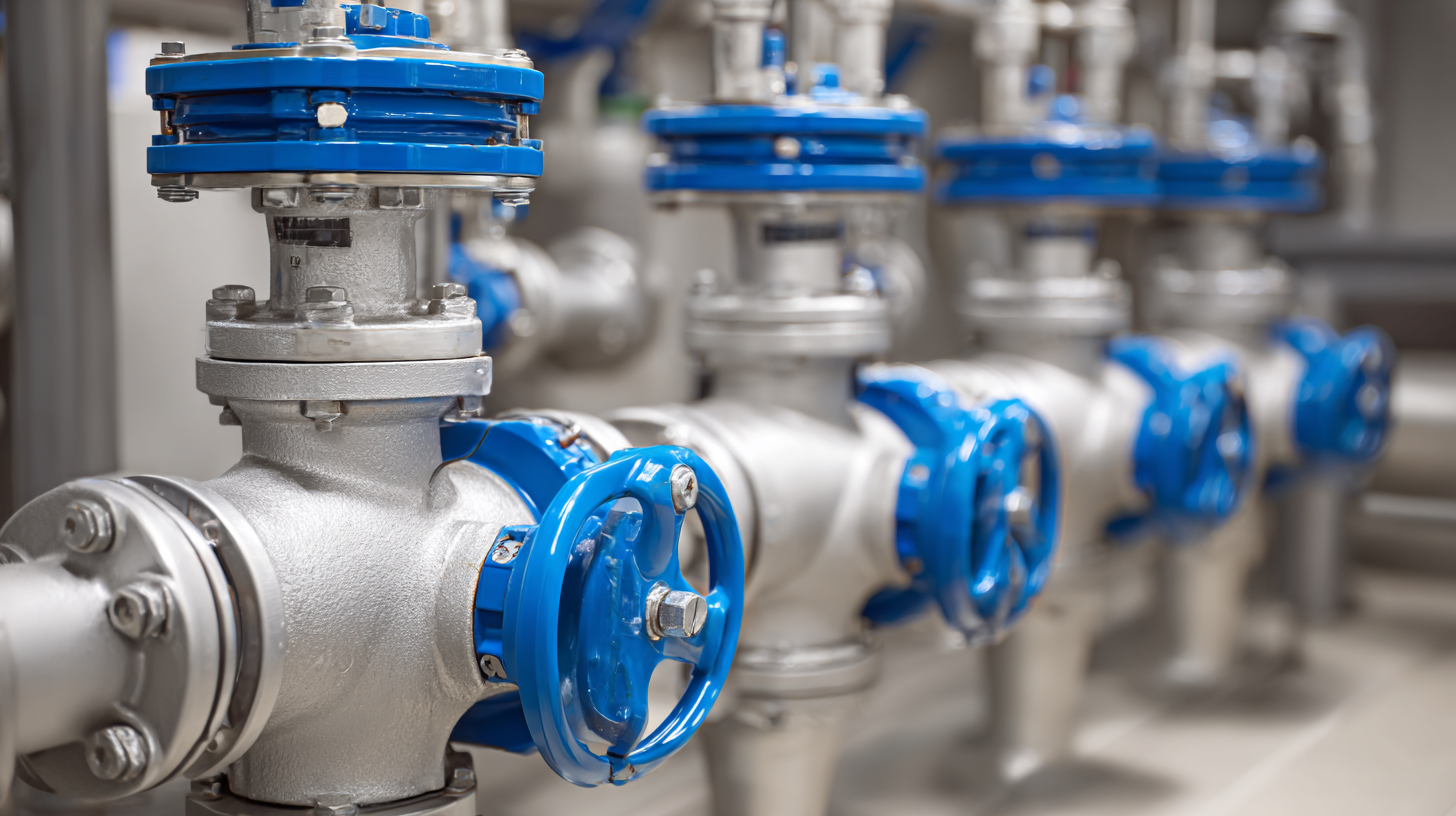
A swing check valve is a crucial component in plumbing systems, primarily responsible for ensuring the unidirectional flow of liquids while preventing backflow. Defined as a type of check valve, it features a hinged disc that opens with the forward flow and closes when the flow reverses. This mechanism allows for optimal pressure regulation, safeguarding the integrity of plumbing infrastructure. According to a report by Grand View Research, the global check valve market is projected to reach $8.4 billion by 2026, highlighting the growing importance of these valves in various applications.
When selecting a swing check valve, it's essential to consider factors such as the size, material, and pressure rating. For instance, choosing a valve made of durable materials like stainless steel or brass can enhance longevity, especially in corrosive environments. Additionally, a valve's pressure rating must align with system specifications; failure to do so could lead to leaks or valve failure.
**Tips**:
1. Always match the valve size to the corresponding pipe size to ensure optimal flow rates.
2. Consider installation location; horizontal or vertical configurations may require different swing check valve designs.
3. Regular maintenance checks can help identify wear and tear, potentially avoiding costly plumbing repairs.
| Attribute | Description | Considerations |
|---|---|---|
| Material | Common materials include brass, PVC, stainless steel, and cast iron. | Choose based on fluid type, temperature, and pressure conditions. |
| Size | Available in various diameters, typically ranging from 1/2 inch to 12 inches. | Ensure proper fit for piping system to prevent leaks. |
| Response Time | Refers to how quickly the valve shuts off when flow reverses. | Important for systems requiring rapid flow interruption. |
| Pressure Rating | Defines the maximum pressure the valve can withstand. | Select a valve with a rating higher than your system's operating pressure. |
| Installation Orientation | Can be installed in a horizontal or vertical position depending on design. | Check manufacturer guidelines for specific installation requirements. |
| Maintenance Needs | Some valves require regular inspection and maintenance. | Consider ease of access for future maintenance and repairs. |
When selecting a swing check valve for your plumbing needs, it's essential to consider several key factors that influence performance and suitability. First, you should evaluate the flow characteristics of your system. Understanding the viscosity and temperature of the fluid being transported can greatly impact the valve choice, as different materials and designs are suitable for various conditions.
Tips: Always match the valve size with the pipe diameter to avoid pressure drops. Additionally, consider the valve's material, as it should be resistant to corrosion and compatible with the fluids in your system.
Another important factor is the installation environment. Swing check valves can be installed horizontally or vertically, but the application determines the best orientation. Ensure that the valve you choose is designed for the specific setup of your plumbing system. Pay attention to any filtration requirements to optimize the valve's lifespan and efficiency.
Tips: Regular maintenance checks can prolong the valve's functionality. Use valves with replaceable seats to facilitate easier repairs if necessary.
When selecting a swing check valve for plumbing applications, understanding the materials and their performance characteristics is crucial. Common materials used in swing check valves include brass, stainless steel, and PVC. According to industry reports, brass valves typically offer excellent corrosion resistance, making them suitable for a variety of water systems. They can handle pressures up to 500 psi, which makes them a reliable choice for residential and commercial plumbing.
Stainless steel, on the other hand, is known for its strength and durability. Reports indicate that stainless steel swing check valves can sustain high temperatures, up to 400°F, and are ideal for systems involving hot water or steam. However, their higher cost may be a consideration for some projects. PVC valves are lightweight and resistant to chemicals, making them a popular option for irrigation and wastewater applications, but they are generally limited to lower pressure scenarios.
**Tips:** When choosing a swing check valve, consider the specific conditions of your plumbing system. Ensure that the valve material matches the fluid type and temperature to prevent premature failure. Regular maintenance checks can also help prolong the life of your valve, regardless of the material you choose.
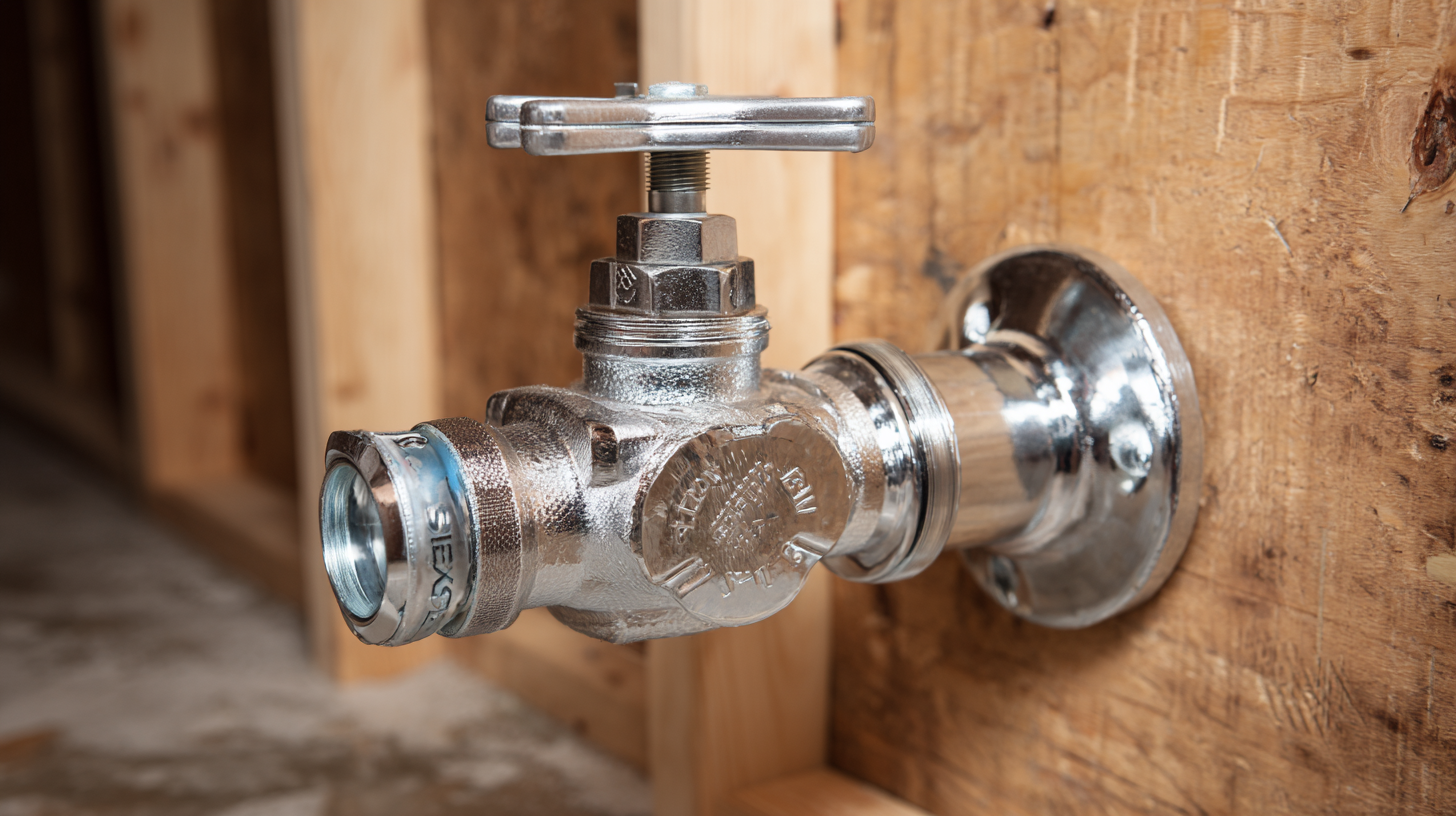
When selecting a swing check valve for plumbing systems, understanding pressure ratings and flow characteristics is crucial. Pressure ratings indicate the maximum pressure the valve can withstand without failing. Choosing a valve with an appropriate pressure rating ensures long-term reliability and prevents leaks or catastrophic failures in high-pressure applications. It’s important to check the specifications of both your plumbing system and the intended valve to match these ratings effectively.
Flow characteristics also play a significant role in valve selection. A well-designed swing check valve minimizes turbulence and pressure loss, enabling smooth fluid flow. The valve's design must account for the fluid's velocity and the application context, as factors such as temperature, viscosity, and specific flow requirements will influence its performance. By carefully analyzing both the pressure ratings and flow characteristics, you can ensure that the chosen swing check valve meets your specific plumbing needs, optimizing system efficiency and safety.
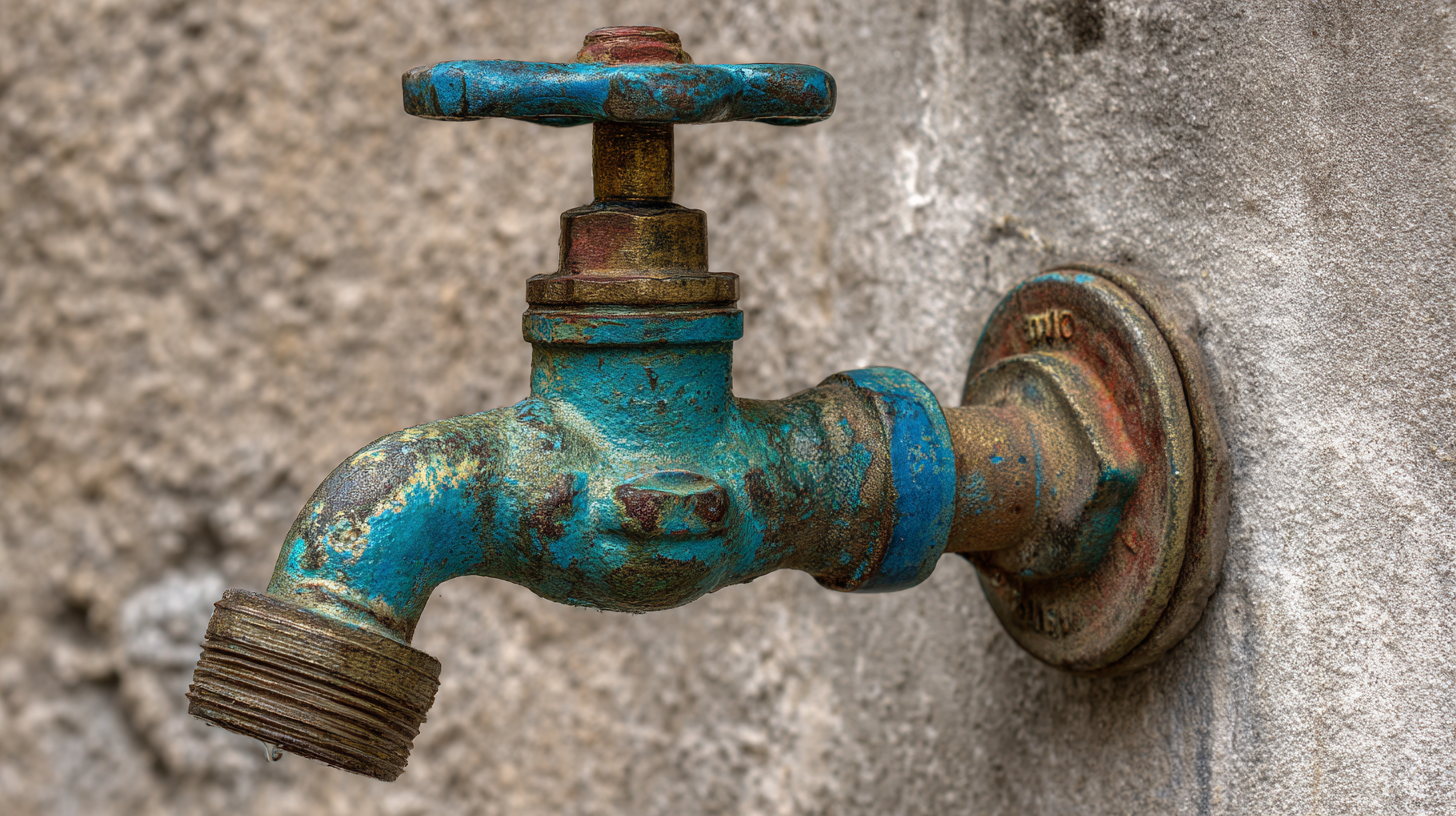
When choosing the right swing check valve for plumbing systems, maintenance plays a crucial role in ensuring their longevity and efficiency. Proper maintenance can prevent issues such as clogging and slamming, which not only affect valve performance but can also lead to costly repairs and replacements. Regular inspections and timely cleaning of these valves can significantly extend their operational life. According to industry research, an effectively maintained swing check valve can last up to 20 years, compared to only 5-10 years for poorly maintained models.
Recent advancements in valve technology have introduced cost-saving options that enhance performance while reducing the frequency of maintenance. For instance, new designs are now available that not only minimize clogging but also eliminate slamming. This innovation protects adjacent pumps and reduces vibration, contributing to a more stable plumbing system. Research indicates that eliminating slamming can extend the lifespan of connected components by up to 40%, highlighting the importance of selecting the right swing check valve not just for immediate needs, but for long-term savings and efficiency. Regular maintenance practices, including checking for leaks and ensuring seals are intact, are essential for maximizing the benefits of these advanced valves.
